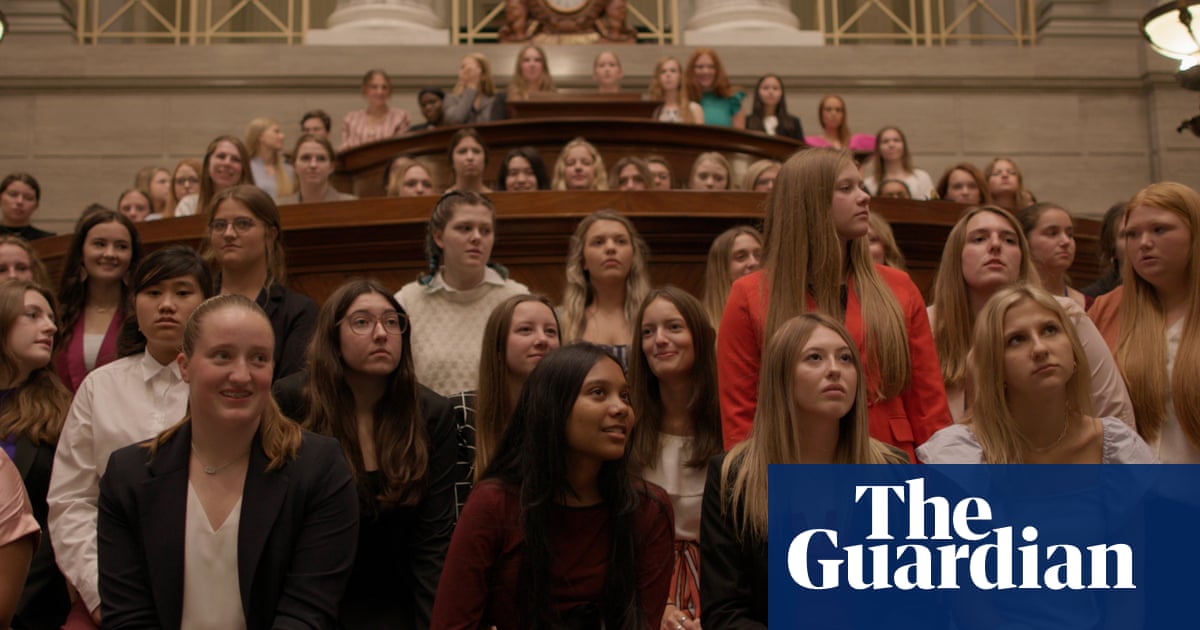
It has been called “the heartbeat” of the National Theatre. Housed in a brutalist building on London’s South Bank, the Studio was set up in 1984 as a five-year experiment, the aim being to develop new work away from the glare of the public. “Until we started the Studio,” said Peter Gill, its founding director, “there was a sense that the National was not for the likes of the new writer.”
Forty years on, the Studio – which now houses the New Work department – has been behind many of the National’s hits. It was here in this building that the team honed three of the four shows up for best play at this year’s Olivier awards: Till the Stars Come Down by Beth Steel, The Motive and the Cue by Jack Thorne, and James Graham’s prize-winning Dear England. At the entrance, a chalkboard grid reels off writers on attachment and artists in workshops. It’s a lab, a haven, a place where questions can be asked and ambitions expanded, with the time and space they need.
So what happens inside? My visit begins in the shelf-lined script room with Rufus Norris, the National’s artistic director, approaching the end of his 10-year tenure. “I’m the first director of the National Theatre who’s not from a literary background,” he says. “I didn’t go to university. Consequently, this was always much more of a home to me than perhaps my predecessors.”
Norris uses the building to hone scripts and explore stagings, most recently for Nye, the play about the birth of the NHS. “I went through 41 drafts with Tim Price,” he says, referring to Nye’s writer. Their sessions also explored the show’s hospital setting – shoving “a lot of scruffy beds” around to save time during rehearsals.
The theatre’s biggest hits have all been stress-tested here, from The Curious Incident of the Dog in the Night-Time to One Man, Two Guvnors. “I came to the very first workshop for War Horse here,” says Norris. “Two men running around with a ladder over their heads and co-director Tom Morris going, ‘It’s going to be great!’”
As in any laboratory, some experiments fizzle rather than flare, even some of Norris’s own cherished ideas. “This is also a place for projects to die,” he says, disarmingly, going on to describe “the best sharing of a show we didn’t do”. This was a work based on songs by “a remarkable, now deceased, rock musician. It was fantastic – but not in the view of one of the two people who hold the rights.”
Nina Steiger, head of play development, takes me past the archive, saying: “It’s completely open to the public, for free – years of theatre history beautifully captured.” When Anupama Chandrasekhar was in residence, says Norris, she binged on films of shows written for the Olivier stage. “You can see [echoes of] Amadeus and other works in her play The Father and the Assassin.”
A writer’s first encounter with the building will often be a six-week attachment. “Paid, of course!” says Steiger. “They get a room and computer, and the community of other artists – at a crucial time in their career.” The current crop pop out for a chat on the landing: collegiality is a large part of what the Studio is about. “There’s an idea that writers are solitary,” says playwright Tamsin Oglesby. “But I don’t think we are.”
Every writer takes something different from their time here. For Sam Grabiner, getting some peace is proving a boon. “Until about three weeks ago,” he says, “I’d write in my bedroom, about half a metre from my bed. I live with eight people and six of them are very loud.” Currently the National’s writer in residence, Grabiner is finding his room appealing and productive: he has two desks for separate projects, and he’s brought along his grandpa’s old statuette of Charlie Chaplin. “If you could dream up how a writer’s life could be structured and supported,” he says, “it would look like this.”
During the pandemic – which Studio head Rachel Twigg calls “the toughest time in the history of theatre” – the team devised the Generate programme, offering a third of their workshop resources to artists and makers outside London. As Norris says: “This is an important research and development centre for the talent pipeline. We’re blessed to have this and it’s incumbent on us to share it.”
Twigg brings me into a Generate workshop, where Peter O’Rourke is developing a show for his puppet theatre company Cubic Feet. The puppets are alarmingly vivid already, all blue hair and mesmerising eyes. “It’s been a great few days trying out ideas,” O’Rourke says. “My work isn’t script-led, so to have the puppeteers in the room is a big resource.”
Is there an art to knowing the right time for a Studio development slot? “The sweet spot,” says Twigg, “is not so close to rehearsal that your discoveries can’t be implemented, but also not too early: during the Post-it notes period, you don’t need people in the room.” Just past the Post-its are Bert and Nasi, British/French physical theatre-makers. The pair are delighted with their high-ceilinged space. “We usually start in quite a small room,” Nasi explains. “Suddenly, we can see things a bit bigger.”
I have a quick lunch with Beth Steel, glowing in parakeet colours. Like many writers, her first contact with the New Work department was submitting a hopeful script. “You don’t need to add your CV,” she says. “You just need to write your play and send it off. I still remember getting that paragraph back in response. Did I burst into tears? Yes, of course. It was hugely encouraging. You’re not writing into a void.”
Gradually, her work reached Steiger’s radar. “You don’t get anywhere as a writer without somebody championing you. I found that in Nina.” Steel’s time as writer in residence resulted in this year’s searing Till the Stars Come Down, which tracks a fraught family wedding. “We had the confidence to do the play in the round because we did a workshop before full rehearsal. Bijan Sheibani, the director, started walking around the room and said, ‘We can put it on a revolve.’ That fed so much – the revolve becomes the wedding ring, the cosmos.”
Being in residence also gave Steel a salary (“Money is one of the big unspoken things in theatre”) and access to the wider life of the National. “Attending associate meetings and hearing brilliant theatre minds like Lyndsey Turner or Dominic Cooke analyse a play opened up different sides of my brain. It was the university experience I never had.”
Development can expand ideas even as it distils their expression. Clint Dyer, the National’s deputy artistic director, explains that the initial draft of the monologue play Death of England included loads of characters. It was only after experimenting with a full cast that he and co-writer Roy Williams refined it to a single voice. “Because we were able to workshop it,” says Dyer, “the foundations of the piece are deep.”
I sit with Steiger and Twigg in their shared office by the building’s entrance. Most nights, they’re out with their team, visiting venues big and small around the country. “I do see ridiculous things,” says Steiger. “That’s where you find talent. We’re all scouting for different things. For me, it’s often about tracing a writer’s development. We’re looking for artists who, three to five years from now, will be filling the National’s Dorfman stage.”For Twigg, the building’s rhythm feels like the steady beat of the tide. Each week brings a new set of workshops, hurtling towards a Friday “sharing”. She remembers a sharing of Alexander Zeldin’s heart-wrenching play Love. “Alex said, ‘I’ve got three different endings to show you.’ It was shattering to see the actors coming up with the idea of Anna Calder-Marshall’s character, as Alex said, ‘walking through the forest where she’s going to die’. Absolutely beautiful.”
I’m about to head out the door. So too, next year, is Norris, to be succeeded by Indhu Rubasingham. “She’s used the Studio a lot,” says Dyer. “She’s a veteran.” Steel remembers bumping into her here. “It was pleasurable to meet Indhu,” she says, “and for her to go, ‘What do you want to write? Let’s do it.’ That’s never happened to me before!”












